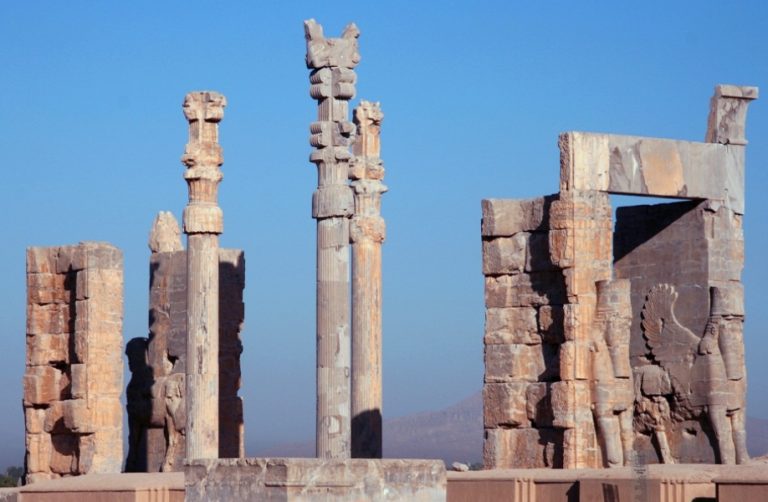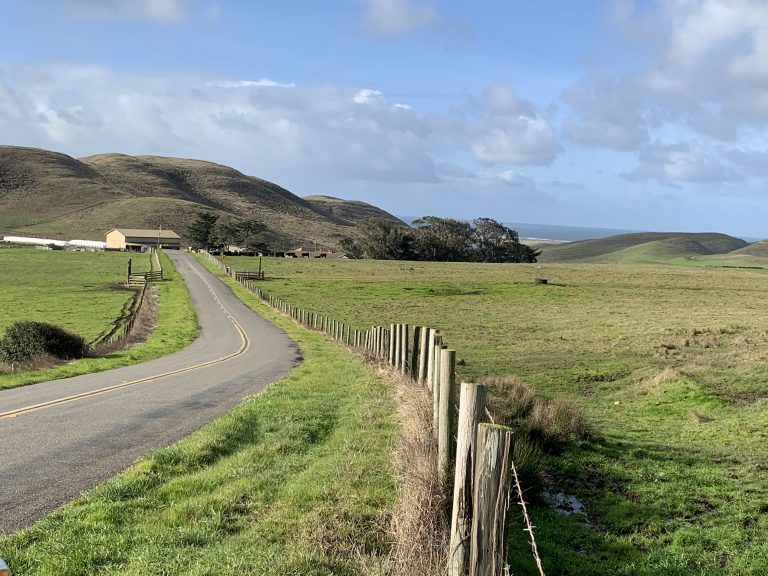To provide observations and information on the emerging fields of landscape scale conservation, heritage preservation, and sustainable community development.
Newsletter
Stay up-to-date with the latest nature, culture and community news.
We won’t spam you or share your information. Newsletters are sent approximately 10 times a year. Unsubscribe at any time.

The Impact of the Pandemic on Agricultural Landscapes
Everyone agrees that world will look very different after the current crisis. One change that should have been foreseen, but was not widely predicted was the impact on agriculture. The underlying structural problems facing the farming community worldwide were well known, but under appreciated.
Threats such as an aging farmer population, critical labor shortages, global market forces, urbanization, and a changing climate have made this sector vulnerable.

While we were not watching…
Understandably attention has been riveted on the spread of the Corona virus. And as is often the case, the controversy over the current administration’s management of visitation to the United States’ National Parks has taken center stage. However, while these decisions have conservation downsides, there are much bigger ongoing efforts to dismantle a host of well-established conservation programs that are still moving forward.

Pennsylvania’s Conservation Landscapes: A Story of Success
Pennsylvania’s Conservation Landscapes program was launched more than a decade ago to connect people to the Commonwealth’s rich heritage of parks and forests. Today with seven designated Conservation Landscapes, it is a model of landscape scale resource management.

Flagging Sites of Universal Value
An Iranian architect and artist has proposed a conceptual initiative to highlight the risk to world heritage sites in Iran and to flag the importance of these irreplaceable buildings and landscapes in a time of heightened world conflict. As it turns out, it is not a completely new idea.

Conservation and Controversy: Agricultural Landscapes of Marin County CA
The San Francisco Bay region is world renowned for its vibrant food culture, nurtured in part by the characteristics of its terrain. The story of how part of this region, Marin County, was conserved and how the same landscape has set off a long running controversy about the role of public lands raises important questions about preserved places and living landscapes. So far this is a tale without an ending. Read more.

The Impact of the Pandemic on Agricultural Landscapes
Everyone agrees that world will look very different after the current crisis. One change that should have been foreseen, but was not widely predicted was the impact on agriculture. The underlying structural problems facing the farming community worldwide were well known, but under appreciated.
Threats such as an aging farmer population, critical labor shortages, global market forces, urbanization, and a changing climate have made this sector vulnerable.

While we were not watching…
Understandably attention has been riveted on the spread of the Corona virus. And as is often the case, the controversy over the current administration’s management of visitation to the United States’ National Parks has taken center stage. However, while these decisions have conservation downsides, there are much bigger ongoing efforts to dismantle a host of well-established conservation programs that are still moving forward.

Pennsylvania’s Conservation Landscapes: A Story of Success
Pennsylvania’s Conservation Landscapes program was launched more than a decade ago to connect people to the Commonwealth’s rich heritage of parks and forests. Today with seven designated Conservation Landscapes, it is a model of landscape scale resource management.

Flagging Sites of Universal Value
An Iranian architect and artist has proposed a conceptual initiative to highlight the risk to world heritage sites in Iran and to flag the importance of these irreplaceable buildings and landscapes in a time of heightened world conflict. As it turns out, it is not a completely new idea.

Conservation and Controversy: Agricultural Landscapes of Marin County CA
The San Francisco Bay region is world renowned for its vibrant food culture, nurtured in part by the characteristics of its terrain. The story of how part of this region, Marin County, was conserved and how the same landscape has set off a long running controversy about the role of public lands raises important questions about preserved places and living landscapes. So far this is a tale without an ending. Read more.


